Top
The chemical and textural service is equipped with two spectrometers dedicated to the determination of metals amount in solids or in solutions:
– a plasma optical emission spectrometer ( ICP-OES)
– and an energy dispersive X-ray fluorescence spectrometer (ED-XRF)
For textural characterization, the service is equipped with two volumetric devices specially adapted for studies of mesoporosity and microporosity of solids with chemisorption and vapor option.
Equipment
The service is part of the of the platform for Catalytic Materials Characterization for IRCELYON catalysis and also provides analytical support to the scientific community of Lyon
ICP-OES
|
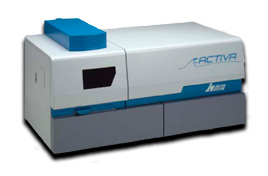 |
| Analytical technique | Technical specifications |
|
|
| Allows a semi-quantitative panoramic analysis by the exploitation of the complete emission spectrum. | Software WAV IMAGE. |
ED-XRF
|
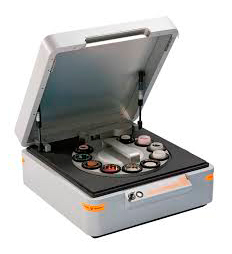 |
| Analytical technique | Technical Specifications |
|
|
| semi-quantitative measurement
Determination of elements in oils |
Logical Omnian.
Logical Oil traces. |
Smart Vac Prep de Micromeritics |
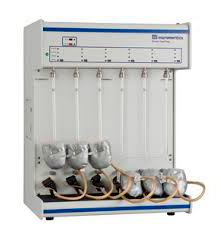 |
| Analytical technique | Technical Specifications |
| Gas Adsorption Sample Preparation
|
Vacuum 1.10-3 mmHg
Temperature up to 450°C |
ASAP 2020 de Micromeritics |
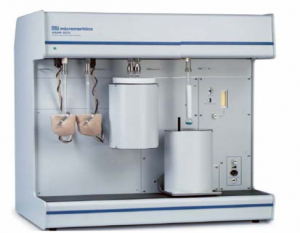 |
| Analytical technique | Technical Specifications |
| Study of the mesoporosity of solids (2 nm < Ø < 200 nm). | Equipped with 2 transducers (1000, 10 mmHg). |
|
Gas available for physisorption measurements: N2 |
3 Flex de Micromeritics |
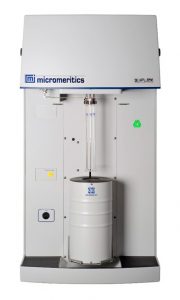 |
| Analytical technique | Technical Specifications |
| Study of the mesoporosity and microporosity of solids (0.4 < Ø < 200 nm). | Equipped with 3 transducers (1000, 10 and 0.1 mmHg). |
|
Gas avalaible for physisorption measurements: nitrogen or krypton. |
| The chemisorption isotherms enable to determine the dispersion of the metallic phase of a catalytic solid at temperatures > -20 ° C | Gas available: H2, CO, O2 |
| The water vapor adsorption isotherms allows studies of hydrophilic / hydrophobic properties of the surface of the catalysts. | Water vapor or other vapors |
Results
- Analysis of Si, Al and Na by Fluo-X and ICP-OES
Spectrum of Fluo-X
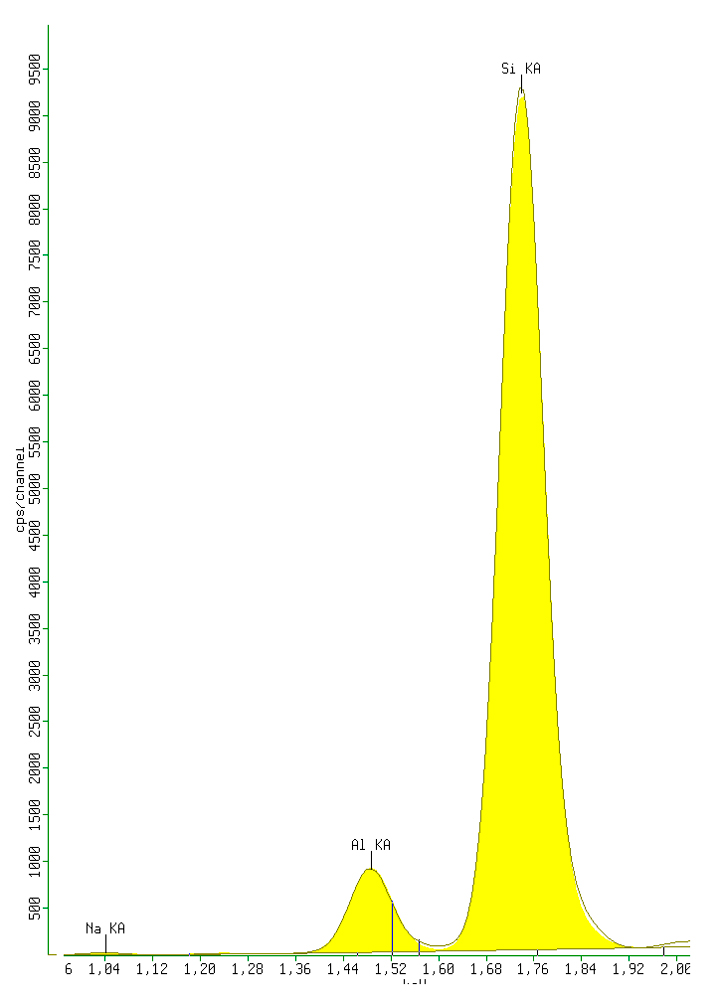
Report Si/Al in Fluo-X
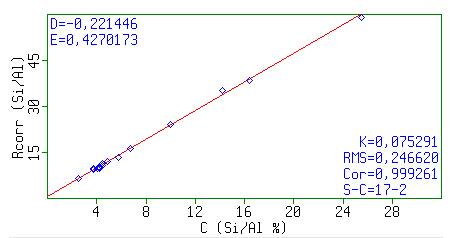
Comparison between Fluo-X and l’ICP-OES
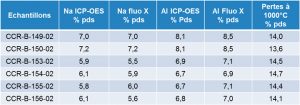
Keywords
- ICP-OES
- ED-XRF
- Chemisorption
- Physisorption
- Water vapor
- Desorption
- Surface Area
- Porosity
Staff
Personnels techniques (en)
Publications
-
Desilicated ZSM-5 zeolites for optimized xenon adsorption at very low pressure
MICROPOROUS AND MESOPOROUS MATERIALS, 2023, 360, p.
-
Toward Optimal Xenon Adsorption Capacity at Low Pressure on Silver-Exchanged Zeolites
INDUSTRIAL & ENGINEERING CHEMISTRY RESEARCH, 2023, 62(30), pp. 11939-11947
-
Applied catalysis a-general, 2018, 552, pp. 184-191










